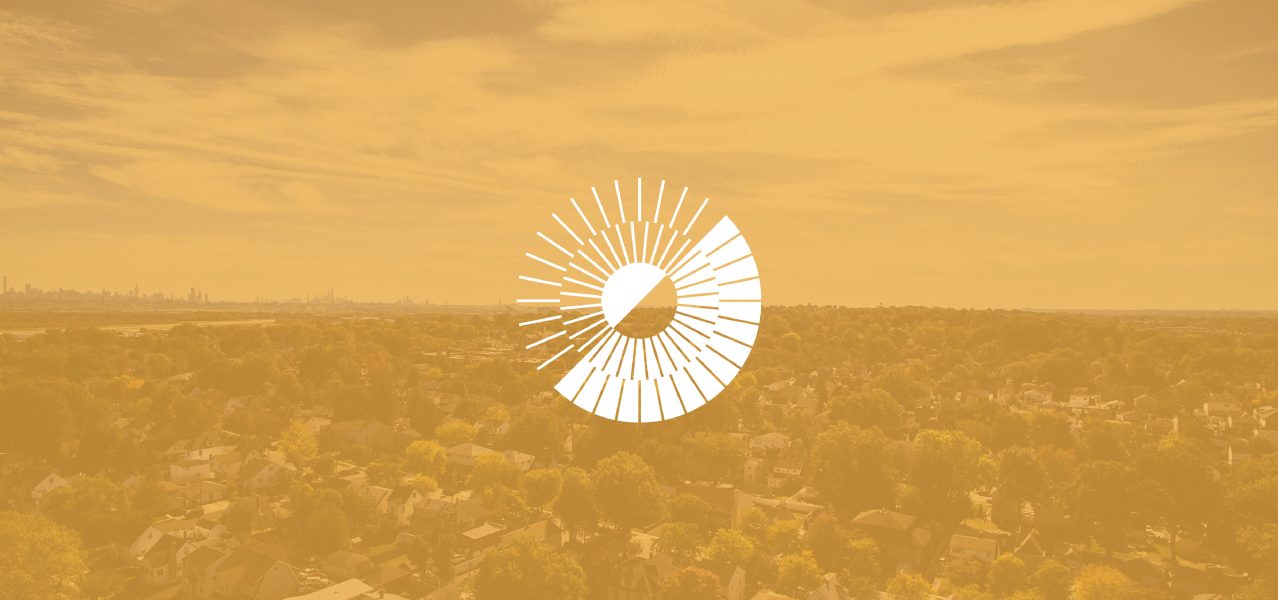As part of the Trump administration’s broader campaign to dismantle DEI initiatives across federal agencies, the U.S. Department of Agriculture (USDA) has eliminated the “socially disadvantaged” designation, reshaping the future of Black and other minority farmers.
Section 2501(e)(2) of the Food, Agriculture, Conservation, and Trade Act of 1990 defines a “socially disadvantaged farmer or rancher” as a member of a socially disadvantaged group, including but not limited to African Americans, American Indians, Alaskan Natives, Asians, Hispanics, and Pacific Islanders. The USDA created the designation to address decades of documented discrimination, particularly against Black farmers, who were often denied loans, subsidies, and technical support. Lawsuits such as Pigford v. Glickman confirmed these patterns of exclusion, leading to over $2 billion in settlements. Decades later, an attempt to implement corrective measures by allocating $5 billion for debt relief and support to socially disadvantaged farmers through the American Rescue Plan of 2021 was met with a slew of lawsuits.
Federal policies today continue to challenge established corrective measures. Under the Trump administration, the USDA officially eliminated the “socially disadvantaged” category, ending a 35-year framework that directed resources to Black, Brown, Indigenous, and other farmers historically denied access to federal support. In its July 10 ruling, it stated that past discrimination has been “sufficiently addressed” and that race- and sex-based remedies are “no longer necessary or legally justified.” In plain language, the agency is claiming it has resolved its history of discrimination. When in actuality this means, it is no longer willing to use race or sex as factors in extending benefits, erasing one of the only tools that directly acknowledged systemic inequities in agriculture.
The data shows inequities persist. According to the agricultural census, Black farmers operated fewer than 2% of U.S. farms between 2017 to 2022, while White farmers operated 95%. This number fell from 35,470 in 2017 to 32,653 in 2022, reflecting an 8% decline in Black operated farms. Ownership numbers show a similar pattern. The U.S. Department of Agriculture’s Economic Research Service (2024) reported Black farmers owned less than 2% of farmland, a drastic drop from 32,910 farms in 2017 to 28,723 in 2022, compared to White landowners who control nearly all the rest. Federal relief over the years, such as the USDA’s Coronavirus Food Assistance Program, deepened the gap as White farmers received nearly 97 percent of the $9.2 billion distributed through the USDA’s Coronavirus Food Assistance Program. On average, White farmers received $3,398, whereas the average Black farmer received $422.
The beneficiaries from this rollback are not Black farmers, but rather White farmers and agribusinesses that already dominate the agricultural landscape. By removing the socially disadvantaged designation, government resources will flow without any equity lens, which in practice maintains the status quo where White farmers receive the overwhelming share of payments, relief, and loans. The lawsuits that triggered this change, such as the challenges from White farmers to block debt relief programs under the Biden administration, show exactly who stands to gain: those who already hold the most land, capital, and political influence.
In short, the USDA’s decision signals a retreat from accountability. Instead, it is shifting the narrative to suggest that fairness is achieved by treating everyone the same, even though history and current data show the agricultural playing field remains deeply unequal. What is being presented as a neutral and fair policy is a deliberate disregard of equity, and it leaves Black farmers more vulnerable than ever. This and other trends visible before all of us make it clear that anything dressed as being fair will regress most Black people economically, socially, and politically.




